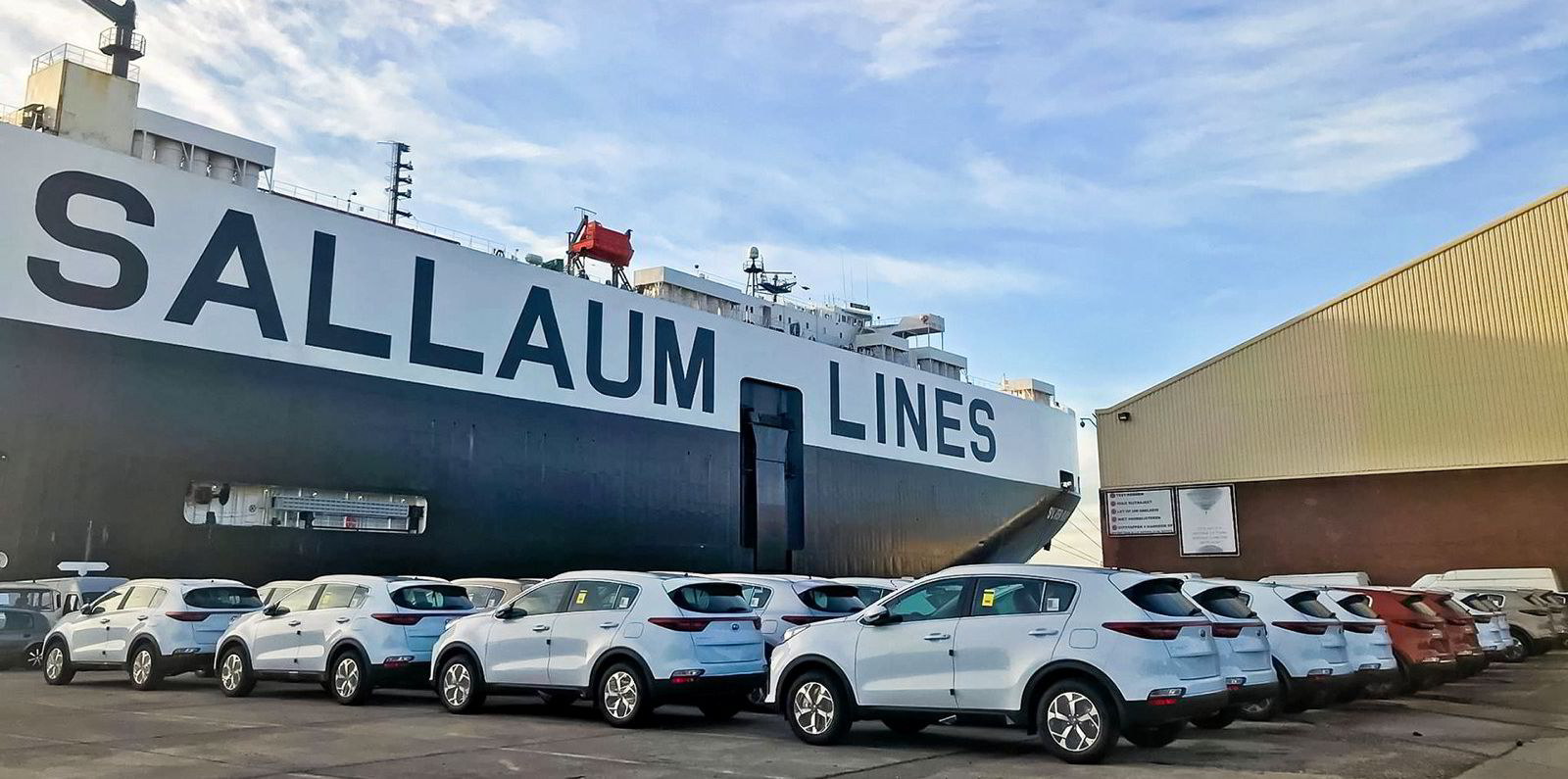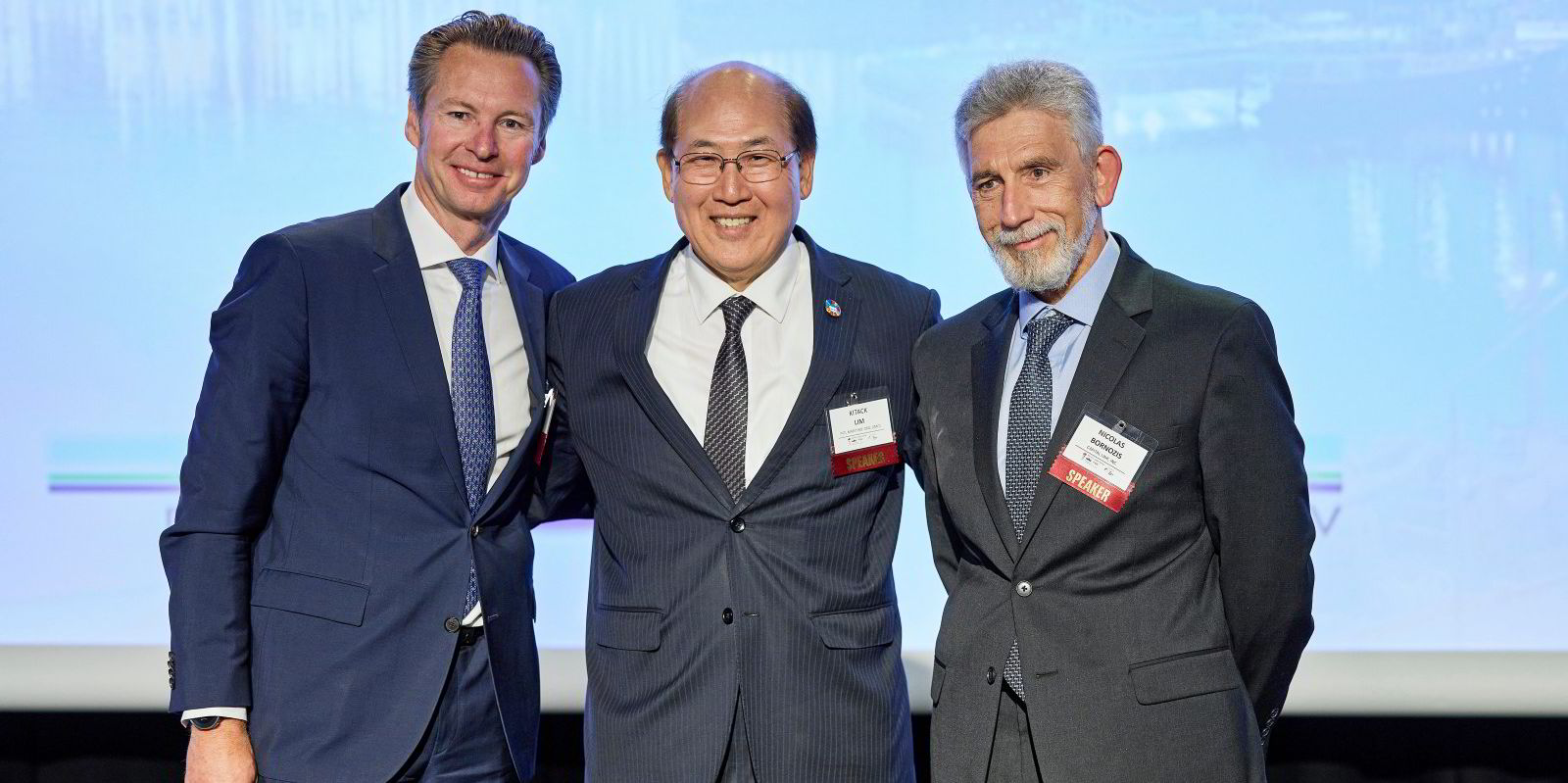Switzerland’s Sallaum Lines is said to have inked an order for up to six LNG dual-fuelled pure car/truck carriers worth $540m in China.
The shipowner and operator has contracted China Merchants Heavy Industry Jinling (CMHI Jinling) for the 7,500-teu vessels.
Shipbuilding sources following the market said Sallaum had ordered four firm vessels with options for two more.
The deal brings the number of firm car carrier newbuildings the company has on order in China to six. Its earlier two vessels were booked at the end of last year with Fujian Mawei Shipbuilding. The duo is also LNG dual-fuelled.
Sources said Sallaum is paying about $90m each for the newbuildings at CMHI Jinling and Fujian Mawei. The Fujian Mawei newbuildings are slated to be delivered in 2025, while the firm vessels at CMHI Jinling are scheduled for delivery in 2026.
An official at CMHI Jinling declined to comment on the yard’s newbuilding activities, citing contract confidentiality.
Sallaum was not available for comment at the time of writing, but the company’s website states that it aims to double its fleet by 2027 with eight new vessels.
The organisation currently has six car carriers in the water, according to Clarksons’ Shipping Intelligence Network. Their average age is 21.
Sallaum claims to be the 10th biggest vehicle carrier in the world, shipping close to half a million vehicles each year for leading original equipment manufacturers and freight forwarders.
The company has said it is committed to providing sustainable and eco-friendly shipping services.
In a recent address on Sallaum’s dedication to environmental responsibility, company chairman Sami Sallaum said: “There is no time to waste. Our next big milestone will be having a fully optimised ‘green’ vessel fleet by 2026.
“The pathway to this milestone is marked by innovative approaches to renewable energy.”
Biofuel pivot
Besides ordering the LNG-fuelled newbuildings, Sallaum plans to have its existing ships undergo “extensive retrofitting and optimisations”.
It plans to pivot to biofuels and explore and use alternative energy sources. The goal is to be fully powered by renewable sources by 2045.
Car carrier ordering has been robust for the past two years due to the limited number of newbuildings contracted previously, rebounding trade volumes and growing long-haul shipments.
According to Clarksons Research analyst David Whittaker, the orderbook for car carriers as of April had breached the 1m ceu mark and is equivalent to 26% of the fleet.





